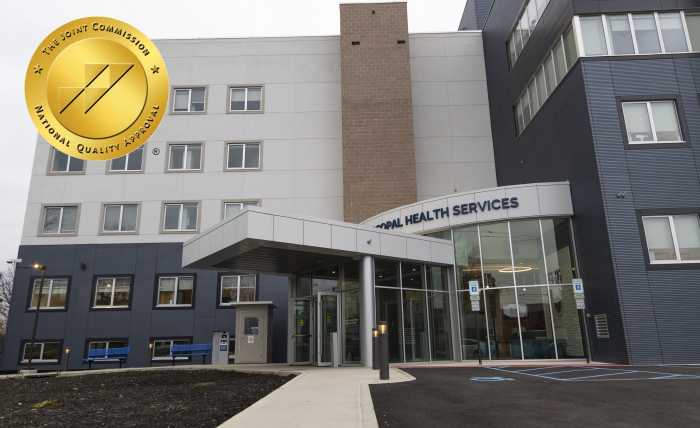By Dustin Brown
As companies displaced by the destruction of the World Trade Center scramble to relocate, the borough president’s office hopes an inventory of available office space in Queens will attract homeless tenants that might otherwise consider sites out-of-state.
“Queens will be very critical in keeping businesses in New York instead of leaving them without an option to remain here,” said Margie Seaman, the president of Seaman Realty and Management Company in Long Island City.
The office of Borough President Claire Shulman has assembled a list of available properties in Queens where companies may consider relocating, and the real estate brokers who manage the sites have been juggling phone calls and appointments ever since.
“This is not so much a sales pitch in the traditional economic development sense,” said Seth Bornstein, the director of economic development for the borough president’s office. “It’s more emergency service.”
About half the sites are concentrated in western Queens, an area that has been heavily touted in recent years as an alternative to Manhattan for new office and residential space. In July the City Council rezoned 37 blocks of Long Island City for high-density mixed-use development, a measure intended to transform the area into the city’s fourth major business district.
The movement of businesses into Long Island City in the wake of the disaster has already begun. The New York Board of Trade, the nation’s fourth largest futures exchange, began trading Monday in a cramped emergency space behind the Citibank building, built following the World Trade Center bombing of 1993.
Although Bornstein estimated half a million square feet of office space in Queens would be ready for occupancy within a month, real estate brokers said there are limits to the tenants the borough will be able to accommodate.
“The major financial institutions will need to relocate thousands of employees into Class-A office towers, and unfortunately Queens does not have millions of square feet of Class-A office towers to meet that demand,” said Seaman, whose company manages more than two dozen properties on the borough president’s list.
But Seaman stressed office spaces ranging from 500 to 500,000 square feet are available in the borough, which may enable Queens to attract many of the non-financial companies made homeless by the World Trade Center disaster — such as media, technology and industrial businesses.
“We can meet the space requests of everybody else after that first tier has found their home,” she said.
Seaman said she expects the relocation of companies to have a long-term impact on Queens, because temporary moves will likely evolve into something permanent.
“It’s my opinion that any tenant who relocates — wherever they relocate — is going to be a permanent tenant,” she said. “I really don’t think there’s going to be a lot of short-term relocations.”
Jon Maltz, a principal at Greiner Maltz Company in Long Island City, suggested that Queens might receive a “secondary wave” of tenants who will be displaced from their Manhattan locations by the relocation of World Trade Center tenants.
Maltz predicted the true impact on city real estate would not be felt by the relocation of former World Trade Center tenants but rather by the sum of unpredictable effects produced by the terrorist action.
“It’s going to ripple for the next year through our economy,” Maltz said. “It will surprise us.”
The interest in Queens among displaced companies has made the past week a busy one for real estate brokers. Seaman said her firm has experienced “an absolute deluge” of requests by companies seeking to relocate.
“We’re making appointments and starting tomorrow in the middle of the Jewish holiday,” Seaman said Monday. “All we’re doing today is answering phones as quickly as we can.”
Reach reporter Dustin Brown by e-mail at Timesledger@aol.com or call 229-0300, Ext. 154.


































